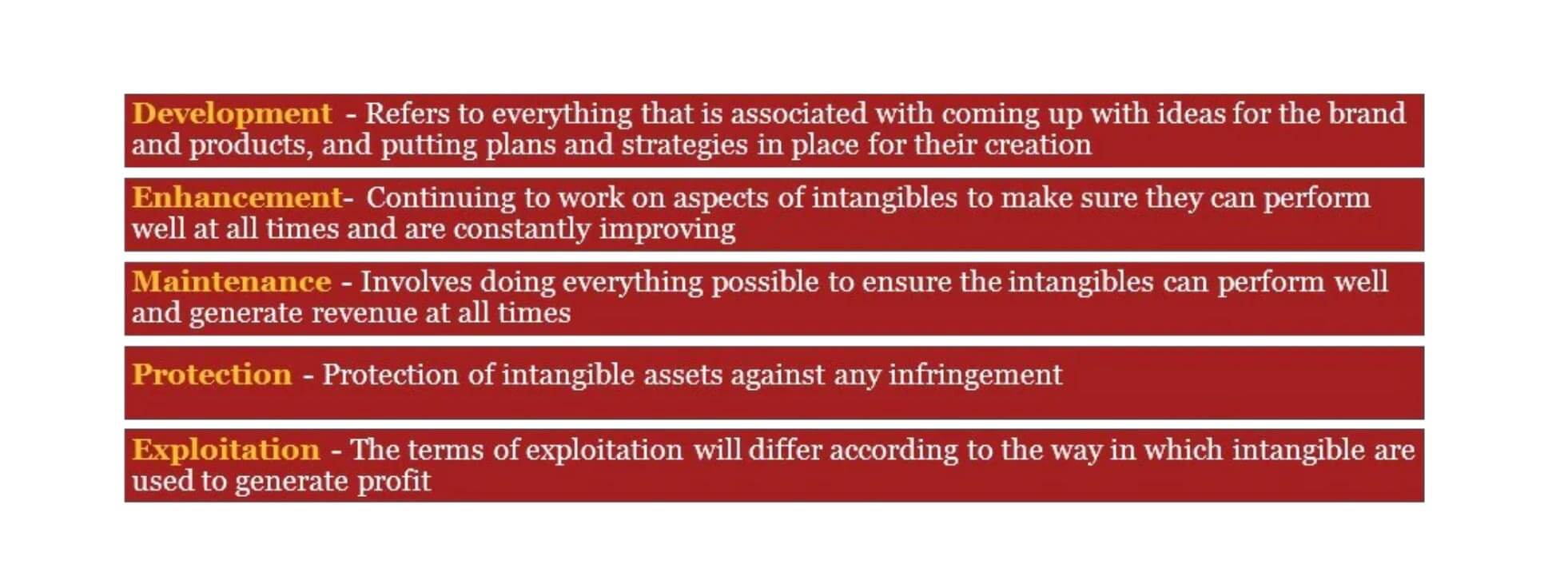What drives profits in a business? It’s whatever gives a corporation its competitive advantage, but sometimes, it’s not a tangible asset. What are the implications for those firms that work with intangibles operating in multiple markets for their taxes? New OECD guidelines aimed at helping firms determine the payment obligation, DEMPE, are leading to an EU crackdown that could impact your corporate structuring decisions. Here’s what you need to know.

First, what are the DEMPE functions?
The Organisation of Economic Cooperation and Development (OECD) created the concept of DEMPE, or the Development, Enhancement, Maintenance, Protection and Exploitation functions of intangibles for BEPS, or Base Erosion and Profit Shifting. They introduced it in the publication of Article 8 of the Base Erosion and Profit Shifting projects from 2015 to 2017. The purpose behind this concept was to help multinational corporations allocate the income resulting from taking advantage of these intangibles of all these relevant parties. How does the OCED define each of the letters of the DEMPE acronym? Here they are:

The OECD’s goal with the DEMPE method to BEPS is to move the focus away from legal ownership and allow those who contribute to receive adequate compensation that they did not receive previously under prior taxing structures. What could be the caveat from this approach for multinational corporations operating in Europe? A Price Waterhouse Coopers article boils it down to that the DEMPE’s introduction implies that the profits coming from an intangible’s use should go to entities that perform the DEMPE functions and control their value creation rather than those that legally own them. Where could the problem lie? Quite simply, it’s in transfer pricing.
But what is transfer pricing?
Transfer pricing represents the amount that a division of a company charges another division for the goods or services rendered. The costs, known as transfer prices, are based on market rates. This taxing and accounting practice is common in companies operating in multiple countries as companies have used transfer pricing within an entity to reduce the parent company’s tax burden. How does this work in practice?
Corporations will charge a higher price in a country where taxes are higher to reduce profits and charge a lower price in countries where taxes are lower to increase profits. Multinational corporations will apply this principle to shift their tax burden to their lower-tax jurisdictions to legally move earnings to those subsidiaries and affiliates that comprise the parent organization. If we look at European Union countries as an example, a multinational will use transfer pricing to place more of their earnings from higher-tax affiliates like Spain or Italy to their lower-tax subsidiaries such as Luxembourg. They can legally do this. However, EU countries are looking to crack down on this practice.
What are the international transfer pricing implications on your business model in Europe?
The European Commission is currently working to eliminate unlawful tax benefits that member states are offering to multinational corporations. The recent judgments coming out of the European General Court have differed depending on the entities (with Starbucks not owing back tax to the Netherlands while Fiat did have to pay back tax to Luxembourg), but their ultimate goal is to crack down on tax avoidance resulting from the international transfer pricing practices that they use. European Competition Commission Margrethe Vestager was quoted in Reuters saying that “[t]he ultimate goal that all companies pay their fair share of tax can only be achieved by a combination of efforts to make legislative changes, enforce state aid rules and a change in corporate philosophies.”
For countries such as Luxembourg and Ireland that have used these types of tax benefits to attract these entities, they had to amend their tax measures in response to the European crackdown. As for corporations working across multiple European jurisdictions with intangibles, such as brands using local licensees, the tax burden is becoming increasingly-complicated with DEMPE transfer pricing. When it comes to tax time, and the ideal corporate structure, you may have to consider new options.
Are you looking to find the right way to implement DEMPE in your European offshore structure?
At Europe Emirates Group, our expertise in offshore company formation and relevant business services ensures that you can make the right decisions regarding your corporate structure and its tax burden no matter where you are in the world. If you’re looking for guidance on how to apply DEMPE, don’t hesitate to contact our team today.
Written by

Darrach Campbell ACSI
Senior Executive, Quality Management Services




